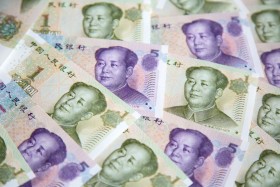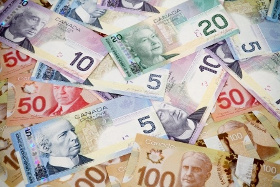The Chinese yuan is trading flat against its US peer to kick off the trading week, despite the central government reporting renewed activity in the manufacturing sector this month. The yuan has been one of the top-performing currencies in the fallout of the coronavirus, surging to its best level against the greenback in more than two years.
According to the National Bureau of Statistics (NBS), the manufacturing purchasing managers’ index (PMI) came in at 52.1 in November â anything above 50 indicates expansion. This is up from 51.4 in October and came in better than the market forecast of 51.5. Overall, this is the ninth straight month of expansion. China reported faster gains in output, new orders, export sales, and prices. Employment remained in contraction territory, but business sentiment strengthened.
The non-manufacturing PMI also recorded the ninth consecutive monthly expansion, coming in at 56.4 in November, up from 56.2 in October. Beijing confirmed growth in new business and prices, but new export orders and employment declined and remained in contraction territory.
This week, the private-sector reading of the manufacturing, services, and composite PMIs will be released by Caixin.
Financial markets were all abuzz on Monday when the People’s Bank of China (PBoC) confirmed in a statement that it would inject $30.42 billion in medium-term loans into the banking system, as well as $25 billion of liquidity through reverse repo operations. The central bank stated that it intends to complete another MLF operation on December 15 to roll over maturing loans. The total figure was not stated, noting that the volume would depend on market demand.
The central bank also kept borrowing costs low by maintaining the rate on its one-year medium-term lending facility (MLF) loans to financial institutions at 2.95%.
The PBoC generated more headlines when its head, Yi Gang, told the official Shanghai Securities News that the central bank must not monetize the federal deficit by purchasing government bonds on the primary market.
We must implement an independent financial budget management system of the central bank and prevent the monetization of fiscal deficit.
When asked about China’s 14th Five-Year Plan, Yi noted that the PBoC would diversify its monetary policy toolkit and move ahead with reforms to interest rates.
The USD/CNY currency pair was unchanged at 6.5711 at 13:37 GMT on Monday. The EUR/CNY rose 0.25% to 7.8889, from an opening of 7.8691.
If you have any questions, comments, or opinions regarding the Chinese Yuan, feel free to post them using the commentary form below.



Be First to Comment